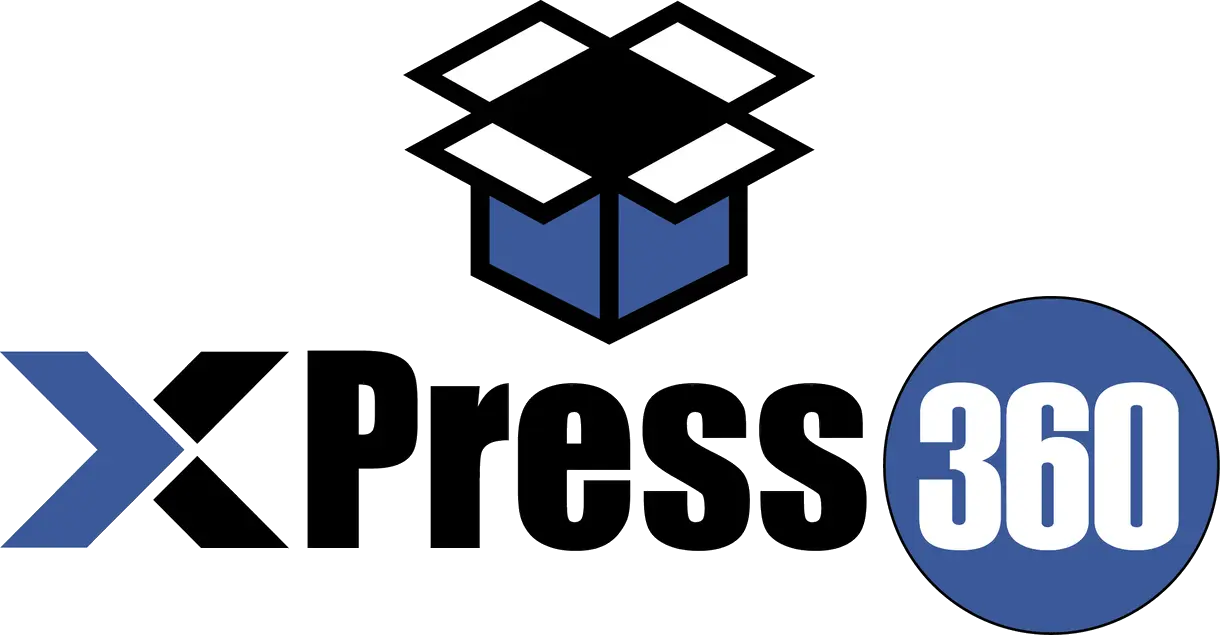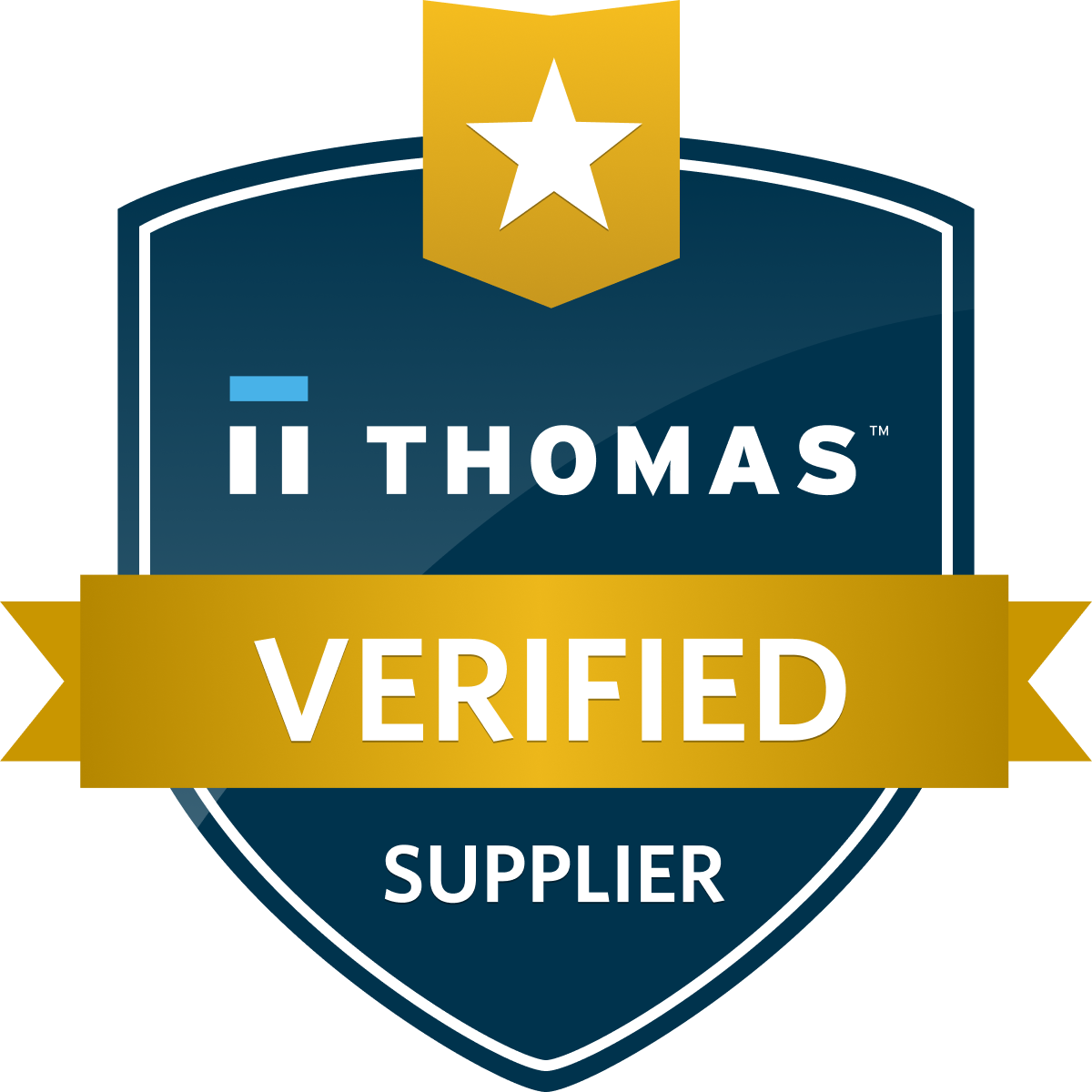Kitting is described as the process of assembling and packaging all the components required for a specific product or project into a single, convenient collection. Kitting and assembly solutions are widely used in various industries, including manufacturing, retail, and construction, to streamline production, enhance efficiency, and reduce errors.
It also plays a pivotal role in the evolution of assembly solutions by optimizing workflows and shipping costs and contributing to the overall advancement of manufacturing processes.
XPress360 stands as a leading provider of customized packaging, kitting, and assembly solutions tailored to your assembly and contract packaging service requirements. Our expansive 250,000-square-foot facility in Indianapolis allows us to seamlessly handle your packaging, assembly, kitting, shrink wrapping, co-packing, and other needs, all while ensuring cost-effectiveness.
Find Out How To Leverage XPress360’d Kitting And Assembly Solutions Today!
Evolution of Assembly Solutions
A continuous quest has marked the evolution of assembly solutions for efficiency, precision, and adaptability. It has evolved with automation. Assembly processes have undergone significant advancements over the years, driven by technological innovations and the pursuit of enhanced efficiency. Notable developments include:
- Automation: The introduction of robotic arms and automated assembly lines revolutionized assembly processes by performing repetitive tasks with precision and speed. This led to increased productivity and reduced human error.
- Lean Manufacturing: Lean manufacturing principles have been applied to assembly, emphasizing waste reduction, and continuous improvement. Value stream mapping optimized assembly processes and minimized inefficiencies.
- Data-Driven Assembly: Real-time data collection and analysis has enabled manufacturers to monitor assembly processes closely, identify bottlenecks, and make data-driven decisions to optimize production.
- Smart Manufacturing: Smart factories have incorporated advanced technologies like artificial intelligence and the Internet of Things (IoT) to create intelligent assembly systems that can adapt to changing conditions and make real-time adjustments.
- Collaborative Assembly: Human-robot collaboration is becoming increasingly common, with robots augmenting human workers’ capabilities and providing assistance in complex assembly tasks.
Historical Perspective
Throughout history, the concept of kitting has been present in various forms across different industries. While the word “kitting” may not have been commonly used, the practice and entire process of grouping and organizing materials for specific tasks goes back a long time.
Early Kitting Methods
Early kitting methods were primarily manual and labor-intensive, with assembly jobs often involving hand-picking and packaging components. These methods were relatively simple but lacked efficiency and scalability.
Common early kitting methods included:
- Shelf Kitting: Components were stored on shelves, and workers would manually pick and assemble kits based on orders or production needs.
- Bin Kitting: Components were stored in individual bins, with each bin containing all the parts required for a specific subassembly or product.
- Assembly Line Kitting: Components were delivered to assembly stations along a production line, where workers would pick and assemble kits as the product moved down the line.
Traditional Assembly Challenges
Traditional kitting and assembly methods faced several challenges that limited efficiency and increased the risk of errors. These challenges included:
- Component Search and Retrieval: Workers often spent significant time searching for and retrieving components from storage areas, leading to production delays and wasted time.
- Inventory Management Issues: Manual inventory tracking and control were prone to errors, resulting in stockouts, overstocking, and component shortages.
- Assembly Errors: Manual assembly processes were susceptible to human error, leading to product defects and rework.
- Inefficient Workflow: Traditional kitting and assembly methods often lacked a smooth and efficient workflow, with components moving back and forth between storage and assembly areas.
- Limited Scalability: Manual kitting and assembly methods were difficult to scale up or down as production volumes fluctuated.
At XPress360, we strive to offer your business a worry-free, time-saving, and cost-effective packaging and assembly solution. We’ve embraced the challenges and are trusted as a one-stop destination for all your printing, packaging, assembly, and fulfillment needs.
Make The Best Of Our 30 Years Of Experience In The Industry. Get Your Free Quote Today!
Modern Kitting Technologies
Modern kitting technologies, including RFID tracking systems, automated sorting solutions, and robotics, have transformed assembly processes by reducing labor costs and improving accuracy, efficiency, and adaptability. These technologies are key contributors to the ongoing evolution of manufacturing and logistics.
RFID Tracking Systems
Radio Frequency Identification (RFID) technology has revolutionized kitting processes by providing real-time visibility and tracking of components. RFID tags embedded in components emit unique signals that are read by RFID scanners, allowing for accurate tracking of component movements from storage to assembly.
Automated Sorting Solutions
Automated sorting solutions have transformed kitting operations by automating the process of sorting and retrieving components. These systems typically employ robots or conveyor belts to quickly and accurately identify, pick, and deliver components to assembly stations.
Robotics in Kitting
Robotics has become an integral part of modern kitting processes, providing automation and precision that enhance efficiency, high overhead costs and reduce errors. Robots can perform various kitting tasks, including:
- Component Picking: Robots can accurately identify, pick, and place components from storage locations, reducing the need for manual handling.
- Kit Assembly: Robots can assemble kits by manipulating components and performing tasks like fastening, gluing, or welding.
- Packaging and Palletizing: Robots can package assembled kits and palletize them for shipping, streamlining the end-of-line process.
Streamlining Processes
Lean manufacturing principles and JIT inventory management are complementary approaches that aim to streamline processes, eliminate waste, and enhance overall manufacturing efficiency. Let’s explore both these kitting and assembly solutions some more.
Lean Manufacturing Principles
Lean manufacturing is a structured approach to kitting and assembly, aimed at reducing waste in a manufacturing system while optimizing productivity. It is based on the identification and elimination of seven non-value-adding activities, known as the 7 Wastes:
- Overproduction: Producing goods in advance of demand, leading to excess inventory and carrying costs.
- Waiting: Time spent waiting for materials, equipment, or instructions, causing delays and inefficiencies.
- Unnecessary Transportation: Unnecessary movement of materials or products, adding to lead times and costs.
- Overprocessing: Performing more work than necessary, leading to wasted effort and resources.
- Inventory: Excess inventory, tying up capital, and increasing storage costs.
- Motion: Unnecessary movement of people or equipment, causing fatigue and reducing productivity.
- Defects: Producing defective products, resulting in rework, scrap, and customer dissatisfaction.
Lean manufacturing principles in kitting and assembly aim to eliminate these wastes and production costs by implementing various tools and techniques, such as:
- 5S: A workplace organization method that emphasizes sorting, setting in order, shining, standardizing, and sustaining.
- Value Stream Mapping: A process for visualizing and analyzing the flow of materials and information to identify and eliminate waste.
- Kanban: Kanban is a visual signaling system that controls the flow of work and limits inventory levels.
- Single-Minute Exchange of Die (SMED): A method for quickly changing over machinery or tools, reducing downtime.
- Poka-yoke: Error-proofing techniques that prevent mistakes from occurring.
Just-In-Time Inventory Management
Just-in-time (JIT) inventory management is a method of organizing and managing inventory so that materials and components arrive at the point of use just when they are needed. This approach aims to minimize the amount of inventory on hand, reducing additional storage space and costs and preventing obsolescence.
Customization in Kitting

By combining tailored solutions to industry needs with effective software integration, companies can achieve a high degree of customization in their kitting processes for multiple products. This not only enhances operational efficiency but also allows businesses to better meet the specific demands of diverse industries and individual customers.
Tailoring Solutions to Industry Needs
Customization in kitting refers to the ability to tailor product kitting and solutions to meet the specific needs of different industries. This can involve factors such as:
- Component Complexity: Different industries have different levels of component complexity. For example, the automotive industry deals with complex assemblies, while the electronics industry deals with small, delicate components. Kitting solutions need to be tailored to handle these different levels of complexity.
- Production Line Automation: Some industries, such as electronics and automotive, have highly automated production lines. Kitting solutions need to be integrated with these production lines to ensure a smooth and efficient flow of materials.
- Regulatory Compliance: Certain industries, such as aerospace and pharmaceuticals, have strict regulatory standards that must be adhered to. Kitting solutions need to be compliant with these standards to ensure the quality and safety of products.
Software Integration for Personalization
By integrating kitting software with other enterprise systems, such as ERP, CRM, and PLM, businesses can create kitting solutions that are tailored to their specific needs and provide a high level of personalization for their customers. For example:
- ERP Integration: ERP systems can provide kitting software with real-time information on inventory levels, production schedules, and customer orders. This information can be used to optimize kitting processes and ensure that the right components are available at the right time.
- CRM Integration: CRM systems can provide kitting software with customer information, such as preferences and purchase history. This information can be used to personalize kits for individual customers.
- PLM Integration: PLM systems can provide kitting software with product design data and manufacturing specifications. This information can be used to ensure that kits are assembled correctly and meet all product requirements.
Xpress360’s experience in the industry has helped us innovate and perfect our contract packaging and assembly services. Dive deep into our offerings of kitting, labeling, display assembly, and fulfillment services.
Take The Load Off With Our Packaging And Assembly Solutions! Get Your Free Xpress360 Quote Today!
Future Trends
AI and AR are poised to revolutionize kitting operations, transforming them into more efficient, accurate, and adaptable processes. These technologies have the potential to significantly enhance productivity, reduce errors, and improve overall kitting performance. As AI and AR continue to develop, their integration into kitting operations is expected to accelerate, leading to even more innovative and transformative applications.
Artificial Intelligence in Kitting
AI-powered solutions can transform kitting processes and fulfillment services in several ways:
- Automated Kitting Planning: AI algorithms can analyze production schedules, inventory levels, and component complexity to generate optimized kitting plans, ensuring the right components are available at the right time.
- Predictive Maintenance: AI can analyze sensor data from kitting equipment to predict potential failures and schedule preventive maintenance, minimizing downtime and improving equipment lifespan.
- Quality Control: AI-powered vision systems can inspect components for defects and anomalies, ensuring the highest quality standards in kitted products.
- Adaptive Kitting: AI can adapt kitting processes to real-time changes in production schedules, customer demand, or supply chain disruptions.
- Collaborative Kitting: AI can facilitate collaboration between robots and human workers, optimizing task allocation and ensuring seamless workflow.
Augmented Reality Applications
AR overlays digital information in the real world, providing workers with real-time guidance and assistance. AR can be used in kitting in several ways:
- Visual Assembly Instructions: AR can provide workers with step-by-step assembly instructions, overlaid onto the actual components, eliminating the need for paper manuals and reducing errors.
- Component Identification: AR can identify components using barcode scanning or image recognition, ensuring that workers pick and assemble the correct parts.
- Real-time Workflow Guidance: AR can guide workers through the kitting process, highlighting the next steps and providing real-time feedback.
- Virtual Overlays for Training and Support: AR can overlay virtual components or assembly instructions onto the real world, providing immersive training experiences and remote support for technicians.
- Enhanced Inventory Management: AR can facilitate inventory tracking and management by overlaying real-time inventory data onto the physical storage area.
Summary
Innovative kitting solutions have become indispensable for modern manufacturing and other assembly capabilities, driving efficiency, accuracy, and cost savings. As these solutions continue to evolve, they will play an even more critical role in optimizing production processes and delivering high-quality products to meet customer demands.
Knowing how to choose kitting and assembly solutions that are perfect for your business can be a daunting task. XPress 360 is the ideal partner to propel your business to new heights.
Our team of seasoned experts, cutting-edge facilities, and comprehensive suite of services make us the premier kitting and assembly solution for businesses seeking to maximize their potential.
Partner With XPress 360 For Trusted Experience, Kitting And Assembly Solutions Today!







